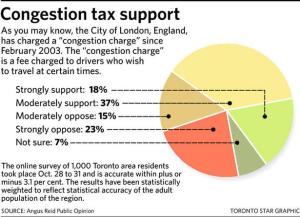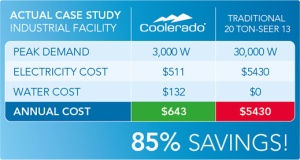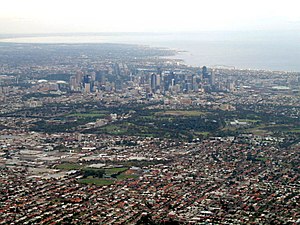The report reviewed today looks at the major global trends expected –geopolitical and population shifts , environmental trends, technology- and what they imply:“the automotive industry will undergo the greatest transformation it has experienced in its history”. A major aspect is the growth of China, both in population terms and as an automobile manufacturer and consumer. A second major aspect is the degree of connectivity between the internet and the new technology built into future cars.

Key Quotes:
“Five megatrends
- Geopolitical change: Asia will continue to grow stronger, regionalism will increase and regulations will support geopolitical interests.. By 2025 China will be the world's second-largest economy in terms of purchasing power. The USA will remain in first place and India will come third.
- Changing demographics: More, older, urban.. In 2025 Japan is still expected to have the highest median age, at around 51, followed by Western Europe, at around 46…By 2025 one in six people worldwide will be aged 60 or over. In industrialized countries the ratio will be even more dramatic: no less than one in three people will have reached retirement age.
- Sustainability: Environmental awareness on the rise.. Annual CO2 emissions have been rising and are predicted to continue rising over the next decades. An increase of around 30% is forecasted for the period 2007 to 2025… the two biggest sectors causing CO2 emissions: power generation (forecast 38% increase) and transport 29%)
- Evolution of mobility: Motorization will increase and low-cost cars will meet the demand for basic transportation, but younger people in metropolitan areas will lose interest in cars.. Total passenger travel with motorized modes is expected to rise from 6,000 km to 9,000 km per person per year.
- Changing technology: Electric, electronic, online…gasoline/diesel will remain the most important fuel, with a share of 65-85%. However, even this represents a significant decline from its current level of over 90%...Electricity is expected to grow strongly, from its current niche level up to 3-12% in 2025.
“The Budget scenario describes a world in which the purchasing power of customers is strongly reduced due to taxes and inflation combined with low income growth…a high degree of simple, no-frills technology and limited standard equipment levels, enabling a low-cost position”
“The Sustainability scenario describes a world in which consumer behavior is strongly influenced by regulation, legislation and tax…Successful products will be zeroor low-emission vehicles and mobility solutions, allowing intelligent traffic management”
“the automotive sector is becoming glo/cal. The term glo/cal refers to adapting a global framework to local particularities”
Related articles
- Motor trade insurance holders see vehicle output soar (premierlinedirect.co.uk)
- As the U.S. Approaches Durban, Administration Pushes for More Domestic Pollution Cuts (thinkprogress.org)
- New CAFE rules nearly double fuel economy by 2025 (reviews.cnet.com)
- New CAFE rules nearly double fuel economy by 2025 (reviews.cnet.com)
- White House reveals plans to boost cars' fuel efficiency (guardian.co.uk)
- Wheels: Consulting Group Says E.V.'s Are Not Needed to Curb Greenhouse Emissions (wheels.blogs.nytimes.com)
- Green cars in spotlight at waning Japan auto show (seattletimes.nwsource.com)
- Environment: 54.5 mpg and counting ... (summitcountyvoice.com)
- A Push To Make Gasoline Engines More Efficient (npr.org)
- Watching The Wheels Come Off The Green Machine (forbes.com)
- Gujarat, an emerging global automobile manufacturing hub: Modi (thehindu.com)
- UK Car Industry Turnover Rises To £49bn (news.sky.com)

































